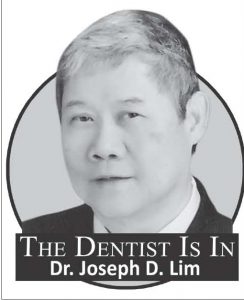 As people age, the number of visits they make to the dental clinic declines.
As people age, the number of visits they make to the dental clinic declines.
The study conducted at the Rory Meyers College of Nursing (New York University) and the University of Hawai‘i at Manoa covered American adults 51 years and older. It looked at how often adults, as they age, see a dentist.
The present study analyzed rates of dental care utilization for 20,488 study participants of different races and ethnicities, including the 17,661 United States (U.S.)-born individuals and 2,827 foreign-born individuals.
Dental care utilization was measured by whether someone had seen a dentist in the past two years. The study found that this was true for seven out of 10 adults. However, the number decreased significantly beginning around age 80.
U.S.-born adults of all races and ethnicities were more likely to see a dentist (71 percent) than immigrants (62 percent). The gap between the two groups decreased as people aged, suggesting that age and cultural adjustment may play a role in decreasing oral health disparities.
The study found that white adults visited the dentist more than black and Hispanic adults. While the rates of dental care utilization decreased with age for all groups, the rates of decline among whites were slower than the others.
The study’s findings highlight the importance of identifying racial and ethnic barriers to dental care for aging adults. The study suggested that culture-friendly programs must meet the dental needs of the increasingly diverse American populations.
“To promote oral health and close racial and ethnic gaps in oral health disparities, seeing a dentist regularly is critical,” says Dr. Wei Zhang, PhD, professor and chair of the Department of Sociology at the University of Hawai‘i at Manoa.
“Failure to engage in preventive dental care may lead to serious consequences such as tooth decay, pain, tooth loss and inflammation,” says Dr. Zhang, the study’s principal author.
“Our study went beyond prior research by confirming that racial and ethnic disparities were substantial and persistent as people became older, regardless of their birthplace,” says Dr. Bei Wu, PhD, the study’s senior author.
“This finding is alarming as it indicates that some unmeasured factors beyond the scope of this study, such as oral health literacy, perception of need, barriers to access, and dissatisfaction with dental care, could play important roles on explaining the disparities in dental care as people age,” says Dr. Wu who is also Dean’s Professor in Global Health at Rory Meyers College of Nursing and co-director of the Aging Incubator at New York University.
The study was co-authored by Dr. Yan Yan Wu, PhD, of the University of Hawai‘i at Mānoa./WDJ
